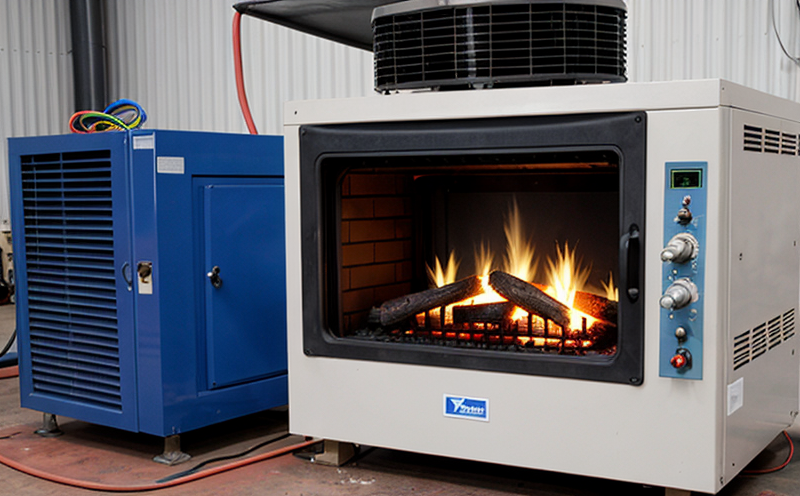IEC 62868 Thermal Endurance Testing of LED Packages
The IEC 62868 standard is designed to ensure that LED packages meet the required thermal endurance levels during their operational life. This testing ensures that LEDs can withstand high and low temperatures without degrading or failing, which is crucial for maintaining product reliability in various environments.
Thermal endurance tests are performed on LED packages to evaluate their resistance to temperature variations. These tests help manufacturers understand how well the LEDs will perform under extreme conditions, which is vital for ensuring long-term performance and durability. The test involves subjecting the LED package to a range of temperatures over an extended period.
During these tests, it's important to note that the specimen preparation process plays a critical role in achieving accurate results. Proper handling and conditioning of the LEDs before testing ensures consistent performance during the thermal endurance evaluation. This includes cleaning the specimens, applying any necessary protective coatings or encapsulants, and ensuring they are mounted correctly on the test fixture.
The IEC 62868 standard specifies precise temperature cycling parameters to which the LED packages must be subjected. These cycles typically involve exposure to high temperatures followed by low temperatures in a controlled environment. The duration of each cycle can vary depending on the specific requirements set forth by the standard, but it generally aims to simulate real-world conditions that an LED might encounter during its operational life.
Thermal endurance testing plays a crucial role in the quality control process for manufacturers of LED products. By conducting these tests early in the development stage, companies can identify potential issues with their designs and make necessary adjustments before mass production begins. This not only improves product quality but also helps reduce costs associated with warranty claims or recalls due to premature failures.
Additionally, compliance with IEC 62868 ensures that LED packages meet international standards for reliability and performance. This is particularly important as global markets demand consistent quality across all products regardless of geographical location. Compliance can also enhance brand reputation by demonstrating commitment to high-quality manufacturing practices.
In summary, IEC 62868 thermal endurance testing provides valuable insights into the durability and longevity of LED packages. Through rigorous testing protocols and careful specimen preparation, manufacturers gain confidence in their product offerings while meeting stringent industry requirements.
Benefits
- Enhanced Product Reliability: Ensures that LED packages can withstand temperature variations without degrading or failing, leading to improved overall product reliability.
- Cost Savings: Early identification of design flaws through testing helps avoid costly warranty claims and recalls later in the production cycle.
- Better Brand Reputation: Compliance with international standards enhances brand reputation by demonstrating a commitment to high-quality manufacturing practices.
- Increased Customer Satisfaction: By ensuring that LED products meet expected performance levels, manufacturers can improve customer satisfaction and loyalty.
International Acceptance and Recognition
The IEC 62868 standard has gained widespread acceptance in the lighting industry due to its rigorous testing protocols. Many manufacturers around the world adopt this standard as part of their quality assurance processes because it provides a consistent method for evaluating LED packages' thermal endurance.
By adhering to these internationally recognized standards, companies not only enhance their reputation but also open up opportunities for business expansion into new markets where strict regulatory requirements apply. This global recognition helps build trust with potential customers who value product reliability and performance.
In conclusion, the IEC 62868 thermal endurance testing is an essential tool in ensuring that LED packages meet stringent quality expectations. Its international acceptance underscores its importance in maintaining high standards within the lighting sector.





